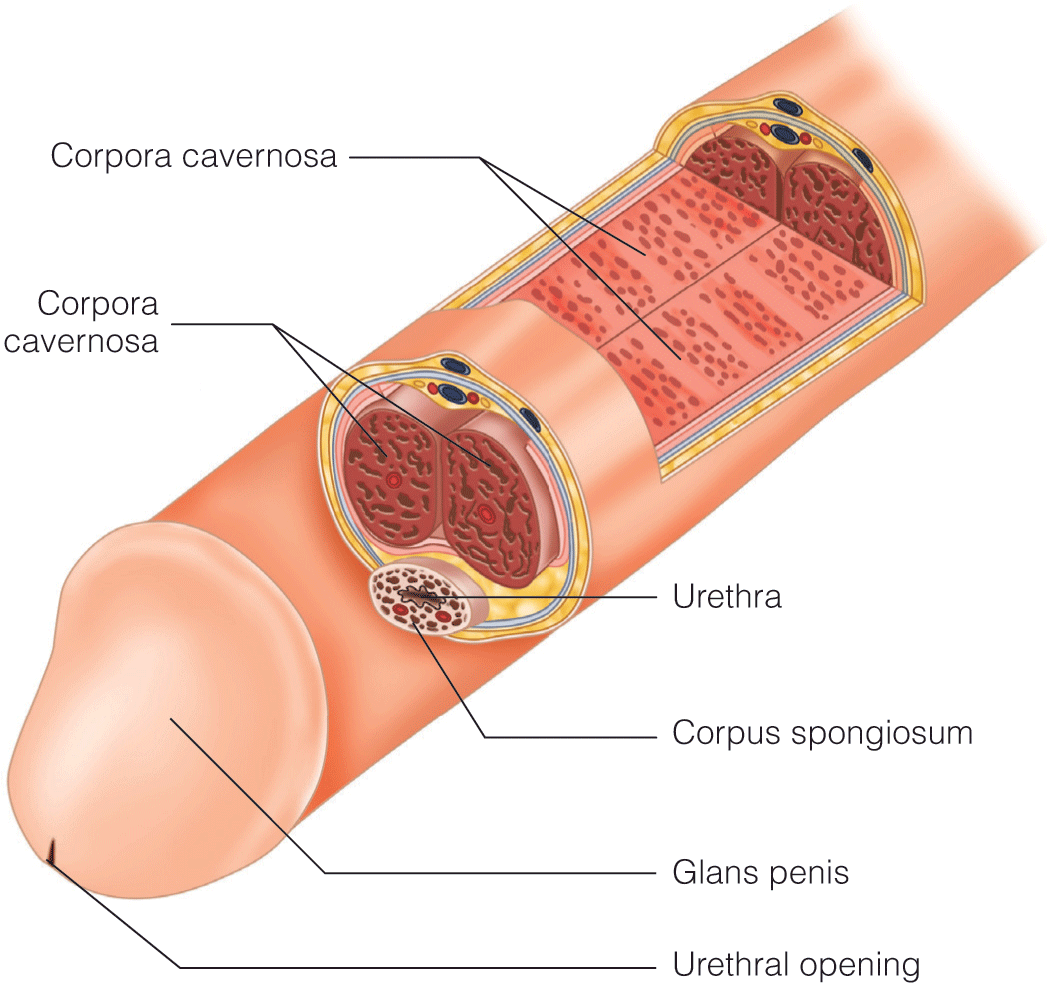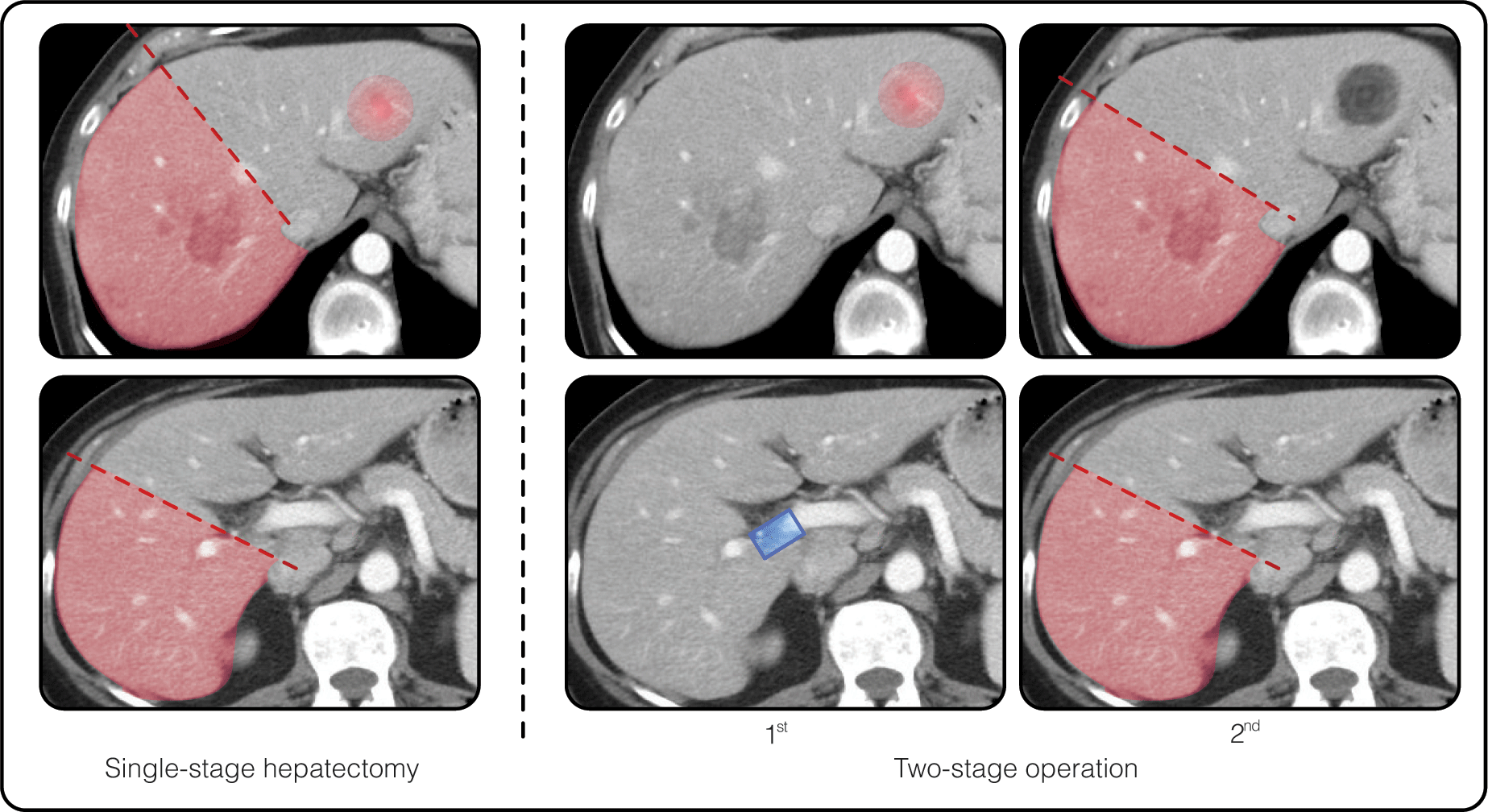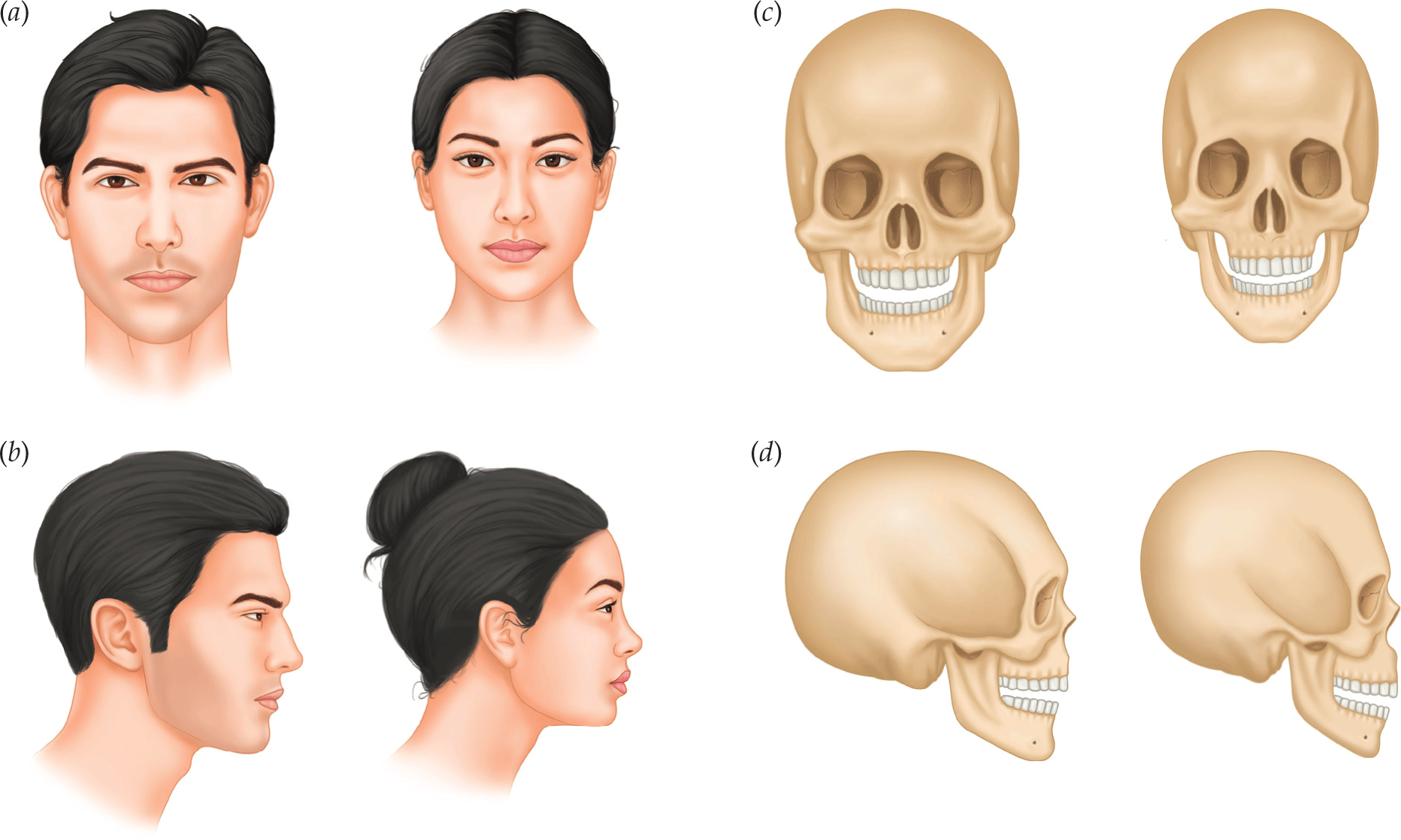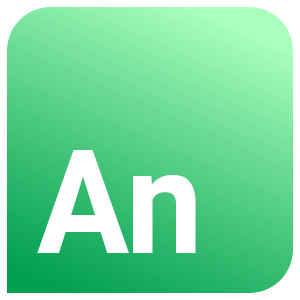- Population-based incidence breast cancer in young women have been stable.,
- Growth of this population demographic has resulted in larger numbers of young patients.
- Young women are more likely to be diagnosed with aggressive phenotypes, but systemic therapies improved outcomes.
- Options for locoregional and systemic therapy should be based on disease stage phenotype.
- Genetic counseling and fertility preservation options should be discussed with all young breast cancer patients.
Latest Updates


Erectile Dysfunction: Epidemiology, Physiology, and Etiologies
- ED affects approximately 20 million men in the United States and has been predicted to reach 322 million cases worldwide by 2025.
- ED has been used as a predictor for cardiovascular disease or stroke. It is estimated that men with moderate to severe ED are at a 65% increased risk of developing coronary artery disease and 43% increased risk of a having a stroke within 10 years compared with men without ED.
- Nitric oxide (NO) is the primary neurotransmitter involved in penile erections. NO promotes generation of cyclic guanosine monophosphate (cGMP), which results in decrease in intracellular calcium and leads to intracavernosal trabecular relaxation, which in turn maximizes blood flow and engorgement. Detumescence occurs when NO-mediated vasodilation terminates due to metabolism of cGMP.
- The etiology of ED is most commonly vasculogenic; however, a variety of other etiologies exist. Psychogenic ED is increasingly recognized as a common cause.

- Safety of liver resection through improvements in perioperative management and adoption of liver-parenchyma-sparing techniques.
- Downstaging strategy for unresectable tumors via systemic or liver-directed chemotherapy have increased surgical candidacy.
- Prolonged overall survival related to expanded use of surgery, effective chemotherapy, and treatment of recurrent disease.

- Safety of liver resection through improvements in perioperative management and adoption of liver-parenchyma-sparing techniques.
- Downstaging strategy for unresectable tumors via systemic or liver-directed chemotherapy have increased surgical candidacy.
- Prolonged overall survival related to expanded use of surgery, effective chemotherapy, and treatment of recurrent disease.
.jpg)
Neuroendocrine Liver Metastasis
- Somatostatin receptor-based imaging techniques like gallium-68 dotatate PET/CT with high sensitivity in NET detection
- Telotristat, recently FDA-approved drug in ameliorating symptoms of patients with poorly controlled carcinoid syndrome
- 177Lu-Dotatate, a radiolabeled somatostatin analog, with significant improvement in PFS of patients with advanced midgut NET
- Molecular-targeted therapies such as everolimus and sunitinib with antitumor activity to improve PFS in advanced PNET

Nonepithelial Esophageal Tumors: Leiomyomas and GI Stromal Tumors
- Classification and diagnosis of GISTs changed substantially over the past decades.
- Immunohistochemical expression of CD117 is one of the most sensitive markers for diagnosing GISTs.
- Another important advance is development of minimal invasive surgical techniques.
- Most of these tumors can be surgically removed by either a VATS or a laparoscopic approach.

Transgender Surgery: Female to Male
- Microsurgical approaches to phalloplasty have allowed more robust genital masculinization.
- Tube-in-tube phalloplasty has allowed for the creation of a penis in a single stage.
- Coaptation of nerves has allowed for the development of tactile and erogenous sensation.
- Penile implants can improve the ability to engage in penetrative sexual intercourse.
- Patient-reported outcomes continue to support the medical necessity of gender confirmation.

Nonepithelial Esophageal Tumors: Leiomyomas and GI Stromal Tumors
- Classification and diagnosis of GISTs changed substantially over the past decades.
- Immunohistochemical expression of CD117 is one of the most sensitive markers for diagnosing GISTs.
- Another important advance is development of minimal invasive surgical techniques.
- Most of these tumors can be surgically removed by either a VATS or a laparoscopic approach.


.png)







